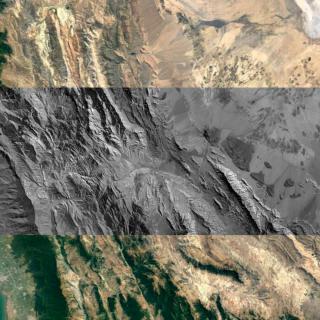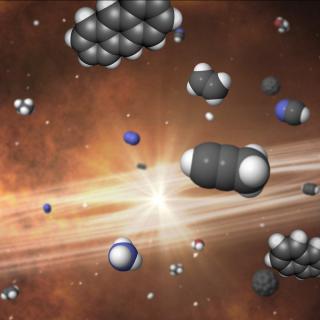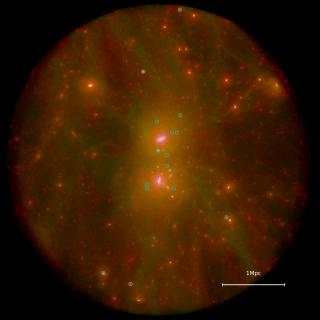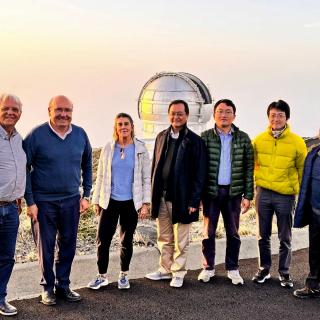
El 14 de abril se celebra el Día Mundial de la Tecnología Cuántica que tiene como objetivo involucrar al público en general en la comprensión y el debate de la ciencia y la tecnología cuánticas. La elección del día se realizó como referencia a la constante de Planck, 4.14, valor fundamental en el gobierno de la física cuántica. El Instituto de Astrofísica de Canarias (IAC) lo celebrará con una jornada de difusión de la computación cuántica y sus aplicaciones en el desarrollo de la sociedad del conocimiento, en particular, en el ámbito de las Islas Canarias. El evento tendrá lugar en el
Advertised on




